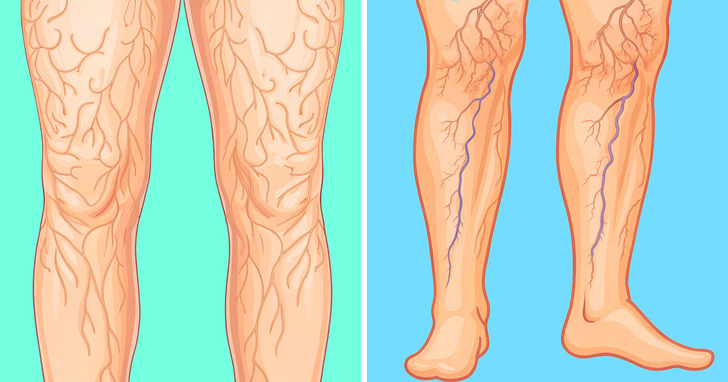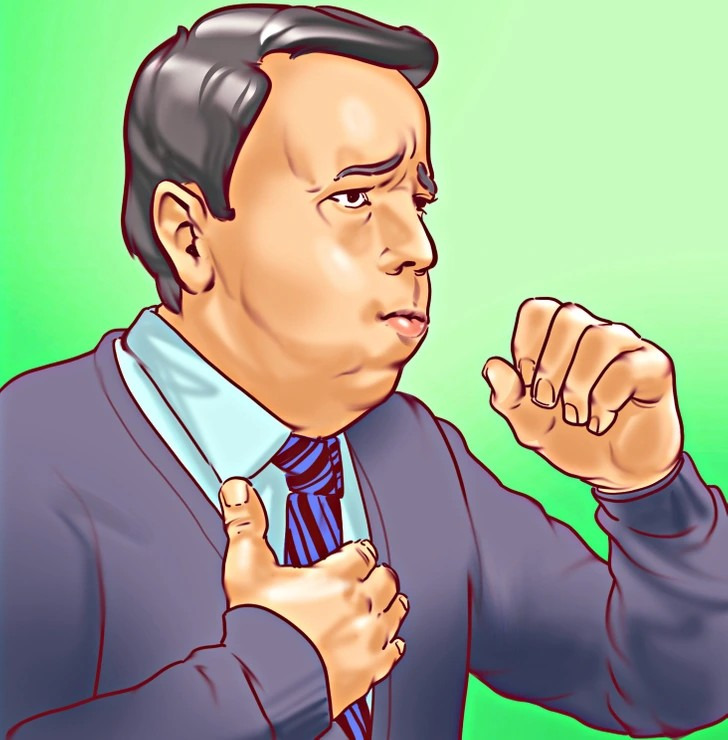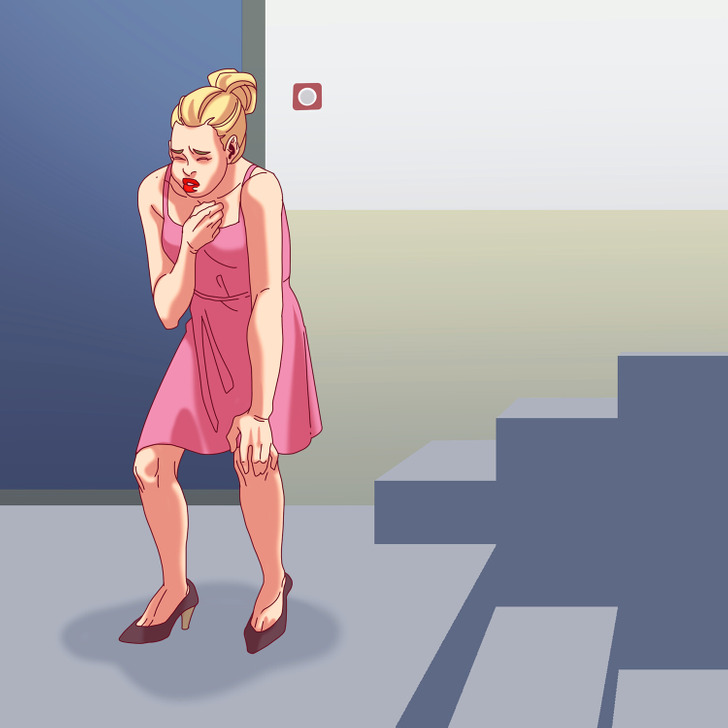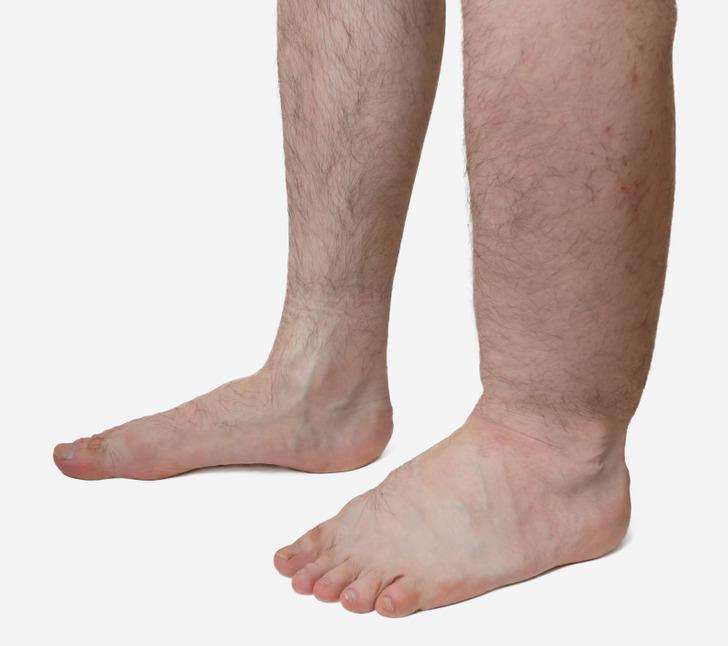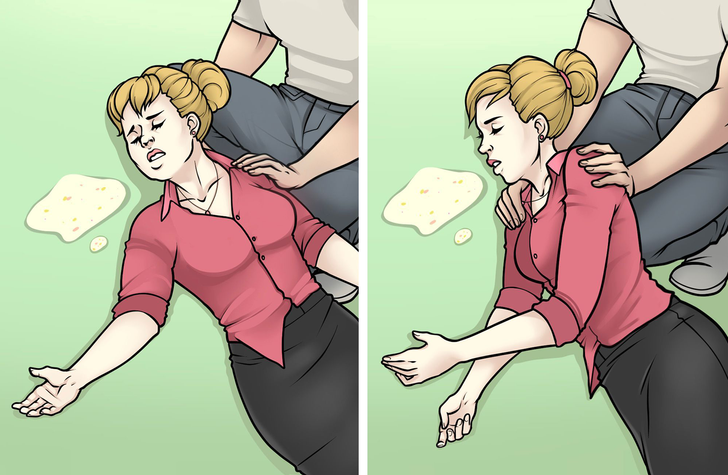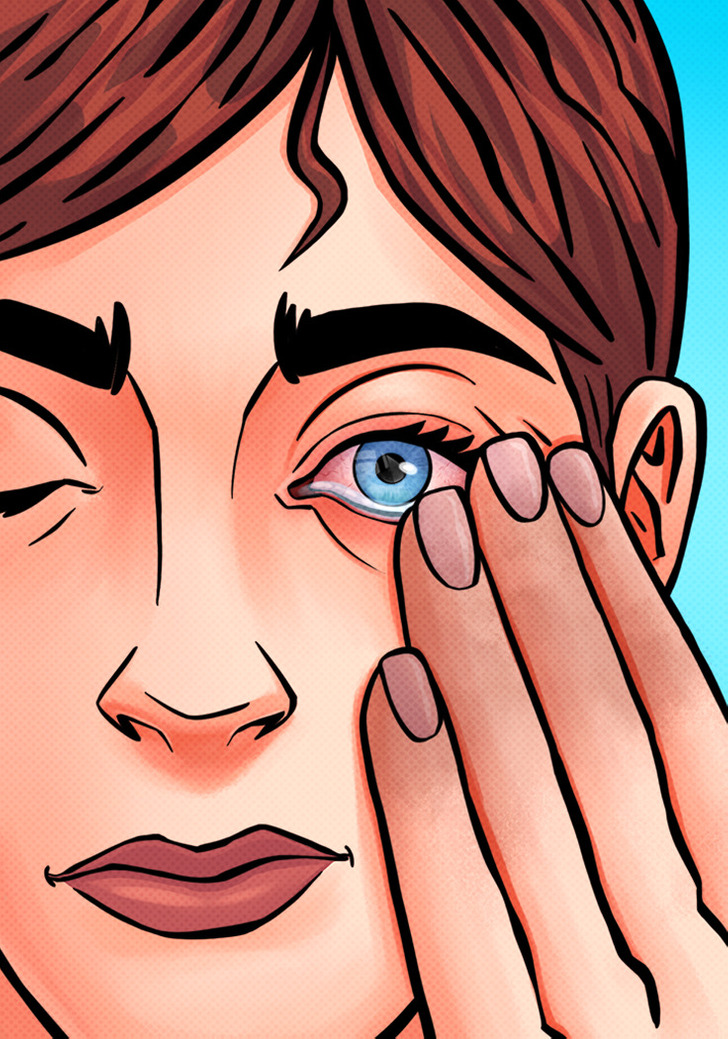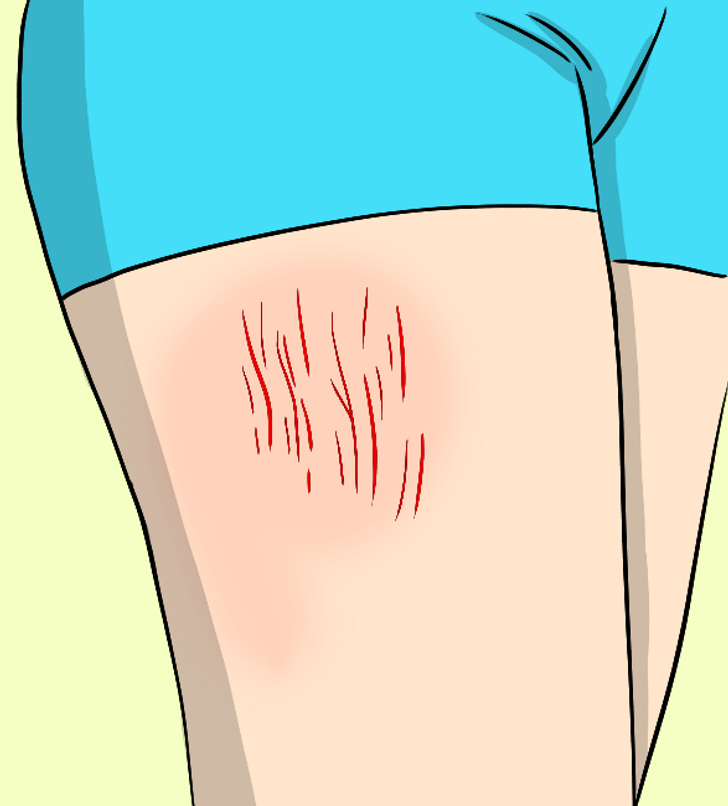Blood clots can be serious and even life-threatening if not recognized and treated promptly.
Understanding the warning signs is crucial for early intervention.
Here’s a comprehensive look at the symptoms you should never overlook.
THE INFORMATION PROVIDED IN THIS ARTICLE IS FOR GENERAL INFORMATIONAL PURPOSES ONLY AND IS NOT INTENDED AS, NOR SHOULD IT BE CONSIDERED A SUBSTITUTE FOR, PROFESSIONAL MEDICAL ADVICE, DIAGNOSIS, OR TREATMENT.
ALWAYS CONSULT A QUALIFIED HEALTHCARE PROVIDER REGARDING ANY PERSONAL HEALTH CONCERNS, SYMPTOMS, OR CONDITIONS, ESPECIALLY THOSE DESCRIBED HEREIN.
What is a Blood Clot?
A blood clot is a mass of blood that has changed from a liquid to a gel-like state.
While clots are essential for stopping bleeding, they can also form inappropriately, leading to conditions such as Deep Vein Thrombosis (DVT) or Pulmonary Embolism (PE).
12. Lightheadedness or Fainting
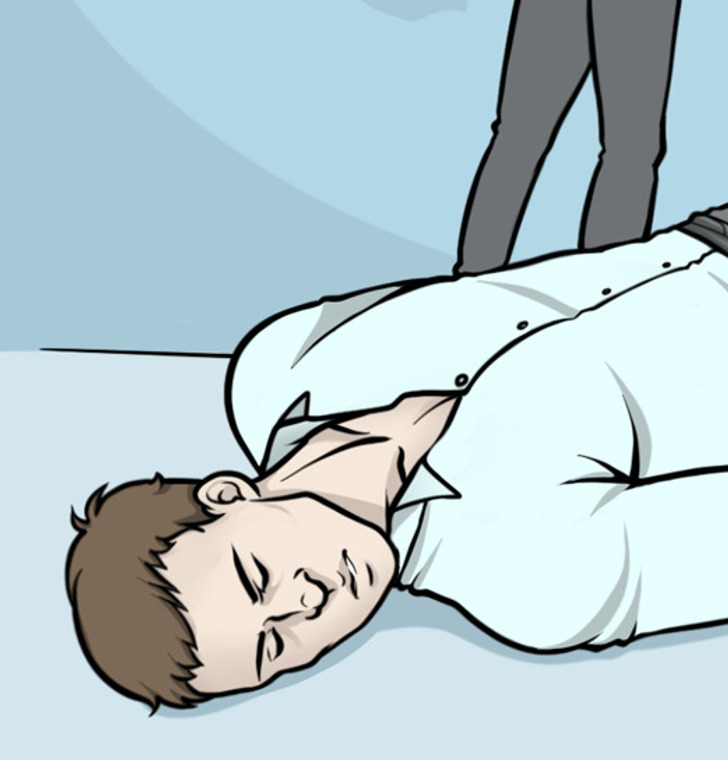
Dizziness or fainting can result from sudden drops in blood oxygen (PE) or blood pressure (heart attack).
11. Severe Headache
A sudden, intense headache—unlike typical migraines—may indicate a cerebral clot (stroke), especially if paired with vision changes.
10. A racing heart
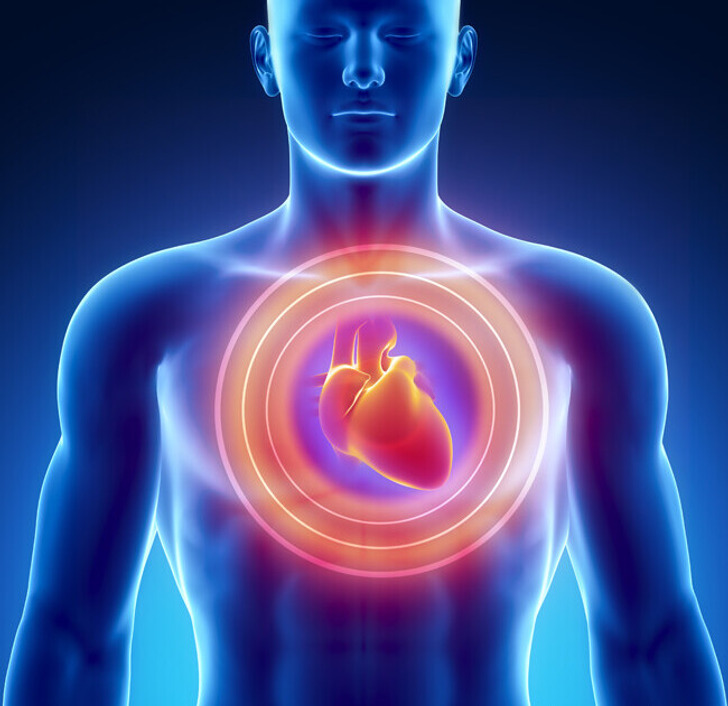
If you have a blood clot in your lungs, you may feel a fluttering in your chest. In this case, tachycardia may be caused by a lack of oxygen in your lungs.
As a result, your heart tries to make up for the lack of oxygen and starts to beat faster and faster.
9. Shortness of breath
If you’ve suddenly found it very difficult to take a deep breath, this could be a symptom of a blood clot in your lungs, called a pulmonary embolism.
8. Coughing without any reason
If you sometimes have unexpected bouts of dry coughing along with shortness of breath, an increased heart rate, and chest pain, you may have PE. You may also cough up mucus or even blood.
7. Chest pain
If you feel chest pain when you take a deep breath, it could be a symptom of a pulmonary embolism.
The pain in your chest is usually sharp and stabbing, and you may easily think you are having a heart attack.
The main difference between the two is that a PE always gets worse when you breathe.
In any case, you should call 911 immediately because the consequences can be fatal.
6. Red or dark discoloration on a leg
Red or dark spots on your skin that appear for no reason may be a symptom of a blood clot in your leg. You may also feel tenderness and warmth in this area, and even pain when you stretch your toes upward.
5. Arm or leg pain
Although it usually takes several symptoms to diagnose DVT, the only sign of this serious condition you may have is pain.
Pain from a blood clot can easily be mistaken for a muscle cramp, but this type of pain is more likely to occur when you walk or flex your feet.
4. Swelling in a limb
If you’ve suddenly noticed that one of your ankles has become swollen, this could be a warning sign of DVT.
This condition is considered an emergency because a blood clot could break free at any moment and reach one of your organs.
3. Red streaks on your skin
Have you noticed red streaks suddenly appearing along the length of your veins? Do you feel warmth when you touch them? This may not be a normal bruise and you need to see a doctor right away.
2. Vomiting
Vomiting may be a sign that you have a blood clot in your abdomen.
This condition is called mesenteric ischemia and is usually associated with severe abdominal pain.
If your intestines don’t get enough blood, you may also feel nauseous and even have blood in your stool.
1. Partial or complete blindness in an eye
Painless vision loss in one eye is usually a sign of a central retinal artery occlusion.
It is considered a serious medical emergency, especially if you have other symptoms such as dizziness and trouble keeping your balance.
When to Seek Medical Attention
If you experience any of the above symptoms, especially in combination, it’s essential to seek medical help immediately.
Early diagnosis and treatment can significantly reduce the risk of complications.
Being aware of the warning signs of blood clots can save lives. If you or someone you know exhibits these symptoms, don’t hesitate to contact a healthcare professional.
Remember, it’s always better to be cautious when it comes to your health!
While blood clots can be a hidden danger, your body gives warning signs for many other health issues too.



